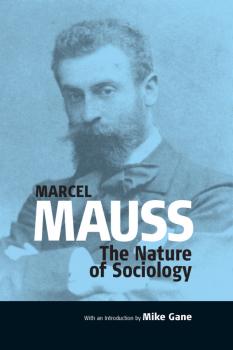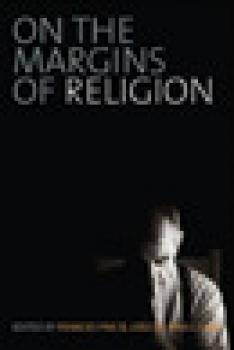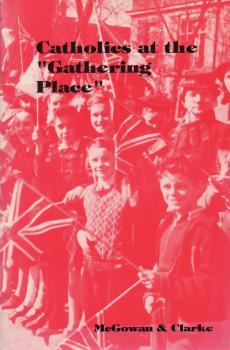Зарубежная эзотерическая и религиозная литература
Различные книги в жанре Зарубежная эзотерическая и религиозная литератураTom Harpur 4-Book Bundle
Tom Harpur is one of the world’s great writers on the topics of Christianity and ethics and the author of many bestselling books. This special four-book bundle collects: Water Into Wine: An Empowering Vision of the Gospels , an examination of the story and meaning of Jesus’ life; Born Again: My Journey from Fundamentalism to Freedom , in which Harpur relates the personal story of his spiritual development; the perennial bestseller The Pagan Christ: Recovering the Lost Light ; and There Is Life After Death , Harpur’s classic examination of death and dying. This is an essential collection from a compelling author, not only for Christian readers, but any reader with a deep interest in philosophy and ethics. Includes: Born Again The Pagan Christ There Is Life After Death Water Into Wine
Water Into Wine
Following the extraordinary and ongoing success of his 2004 book The Pagan Christ , scholar and author Tom Harpur was deluged with readers’ requests to go more deeply into the mythological, allegorical approach to the story of Jesus he took in that bestselling book. In Water Into Wine , Harpur sets out the powerful and transforming message that emerges when the Gospels are finally read as they were originally intended to be and as they were understood by the first Christians, such as Origen and Clement. Seen in their true mythological and symbolical meaning, the stories in the drama of Jesus’ life come alive in a totally fresh way – not as the account of a single, distant god-man working strange miracle like Superman or some other fictional magician, but as a description of the evolution of the soul in everyone of us. The theme of the Gospels parallels exactly the theme of the Old Testament, as well as every ancient sacred text, which is that a spark of the divine spirit incarnates in each and every human being. Tom Harpur shows how «the old, old story» is at the heart of every religion and how it is really our own personal story too. Water Into Wine is a tour de force written by a skilled and learned communicator that should excite and nourish every true seeker after spiritual fulfillment. As well, it has the enormous potential for furthering the goal of global understanding and peace.
There Is Life After Death
What happens when we die? Will we simply dissolve into nothingness, or will we survive death in some other form? Issues of death and dying have consumed humanity from time immemorial. In our modern western culture, we have tended out of fear to deny and push death away. And yet, a healthy consideration of this issue can help us embrace and understand what happens to us when we die. There is Life After Death is Tom Harpur’s classic examination of death and dying. Now fully revised and updated, here is a new edition of a book that weighs the scientific, religious and anecdotal evidence of survival of death and what happens after we die. The likelihood of death being a portal to other forms of existence is argued persuasively. Tom Harpur looks at the witness of near-death experiences, and examines the idea of reincarnation, as well as the claims of channelers and spirit mediums. Most importantly, the author looks at how the great world religions from Christianity, Judaism and Islam to Hinduism, Buddhism and Native Spirituality among others, deal with life after death. This book is a powerful summary of what we know and believe about death. There is Life After Death is both illuminating and comforting in its message and conclusions – and goes a long way in putting to rest one of the last great taboos of our culture.
The Jews of Windsor, 1790-1990
Beginning with the first Jewish settler, Moses David, the important role that Windsor Jews played in the development of Ontario’s south is mirrored in this 200-year chronicle. the founding pioneer families transformed their Eastern European shtetl into a North American settlement; many individuals were involved in establishing synagogues, schools, and an organized communal structure in spite of divergent religious, political, and economic interests. Modernity and the growing influences of Zionism and Conservative/Reform Judaism challenged the traditional and leftist leanings of the community’s founders. From the outset, Jews were represented in city council, actively involved in communal organizations, and appointed to judicial posts. While its Jewish population was small, Windsor boasted Canada’s first Jewish Cabinet members, provincially and federally, in David Croll and Herb Gray. As the new millennium approached, jews faced shrinking numbers, forcing major consolidations in order to ensure their survival.
Working With Spirit
How does spirituality relate to our everyday working lives? Can the challenges of work stress, burnout, time famine, and conflict be addressed by our beliefs and spiritual practices? Lucy Reid and Fred Evers argue that spirituality in the workplace is neither a strategy to placate unhappy workers, nor an invasion by religious agenda. It is, instead, the pursuit of meaning and integrity, the attentiveness to deep questions, and the unleashing of creativity, by which our work is transformed and sanctified. Written from the perspective of a priest and a sociologist, Working With Spirit deals on the personal, corporate, and societal levels. It suggests ways to heal working relationships and integrate spiritual truths. It includes a compendium of resources to provide practical ways of engaging spirituality to meet challenges in the workplace today.









